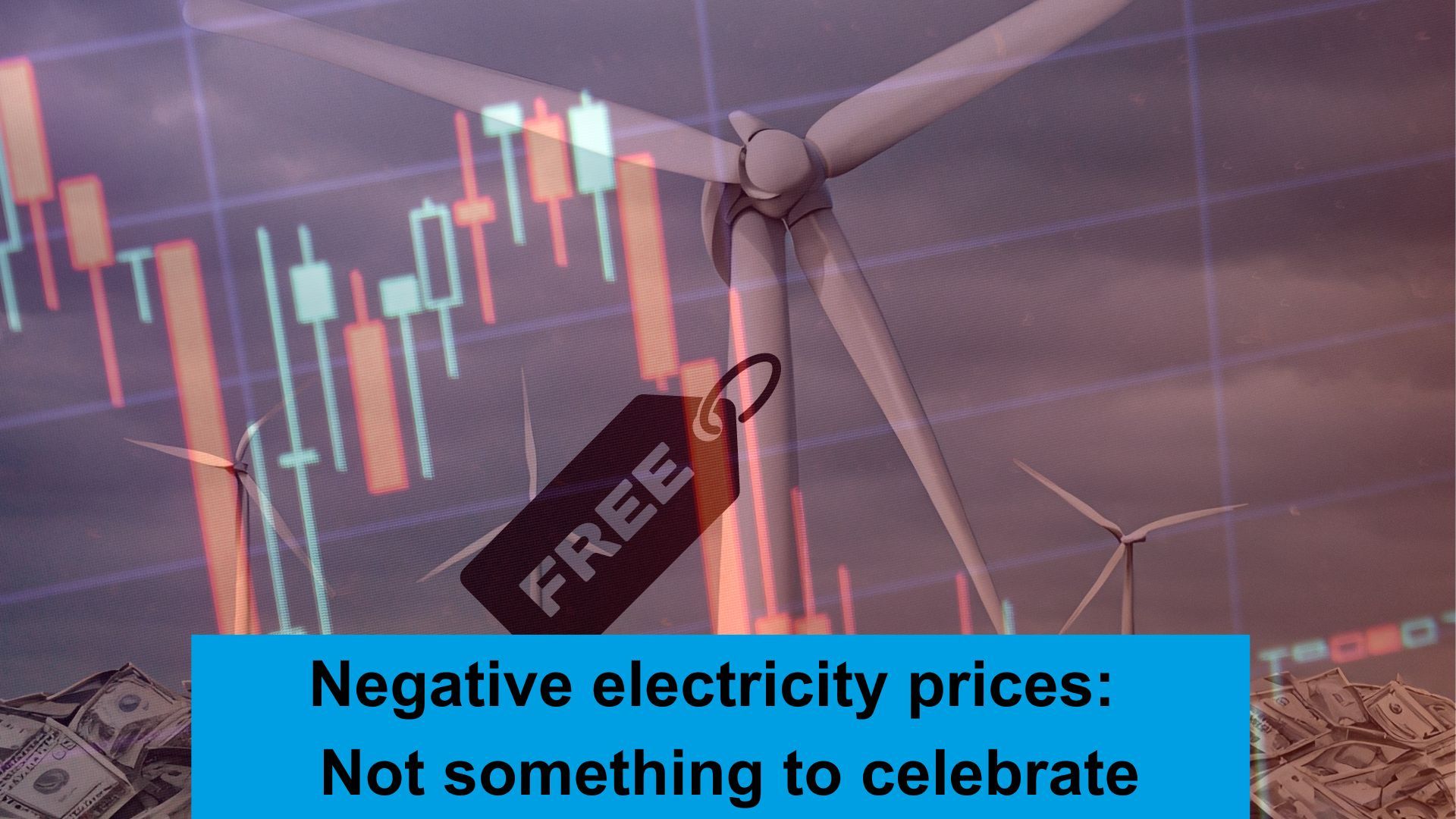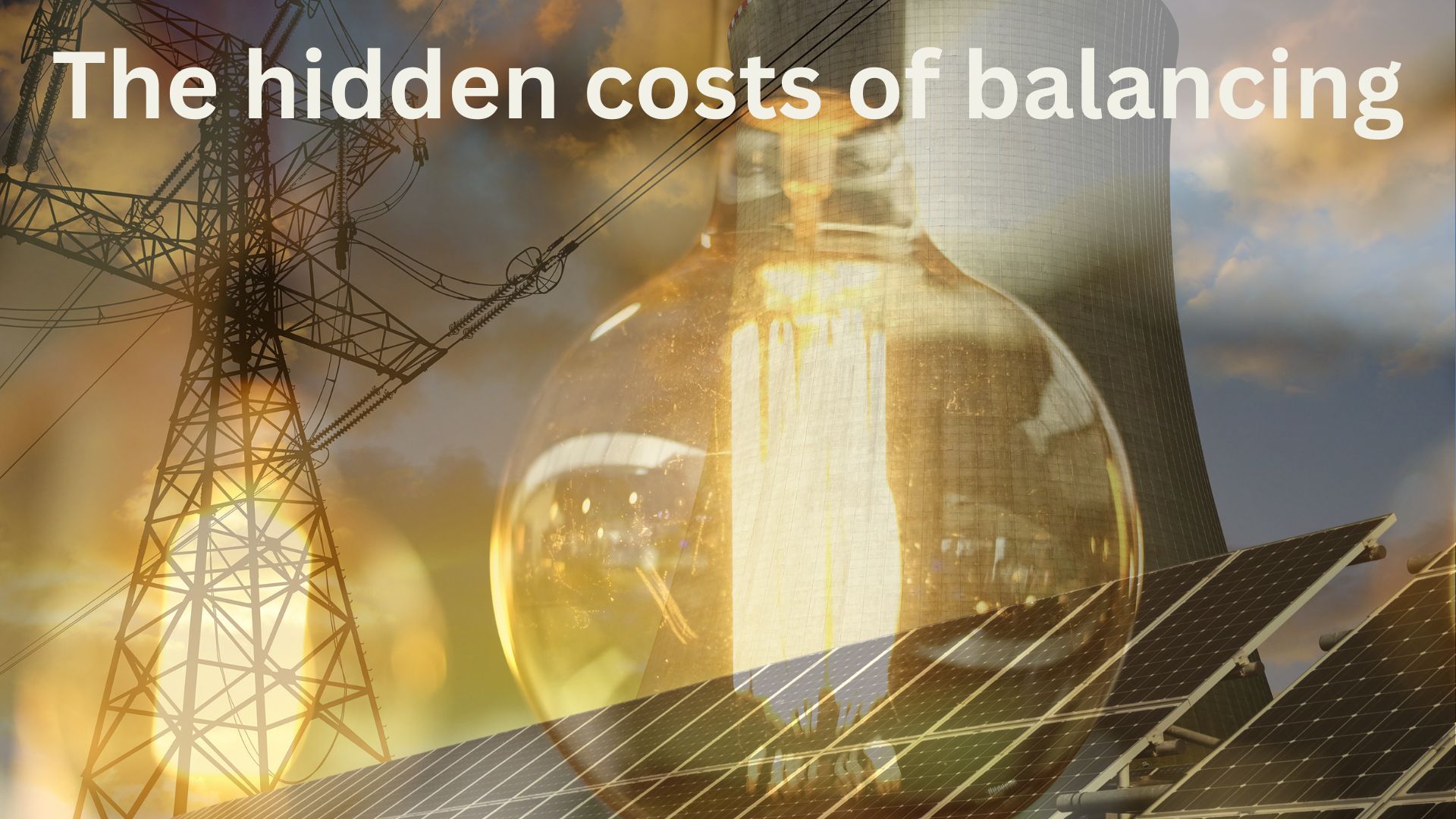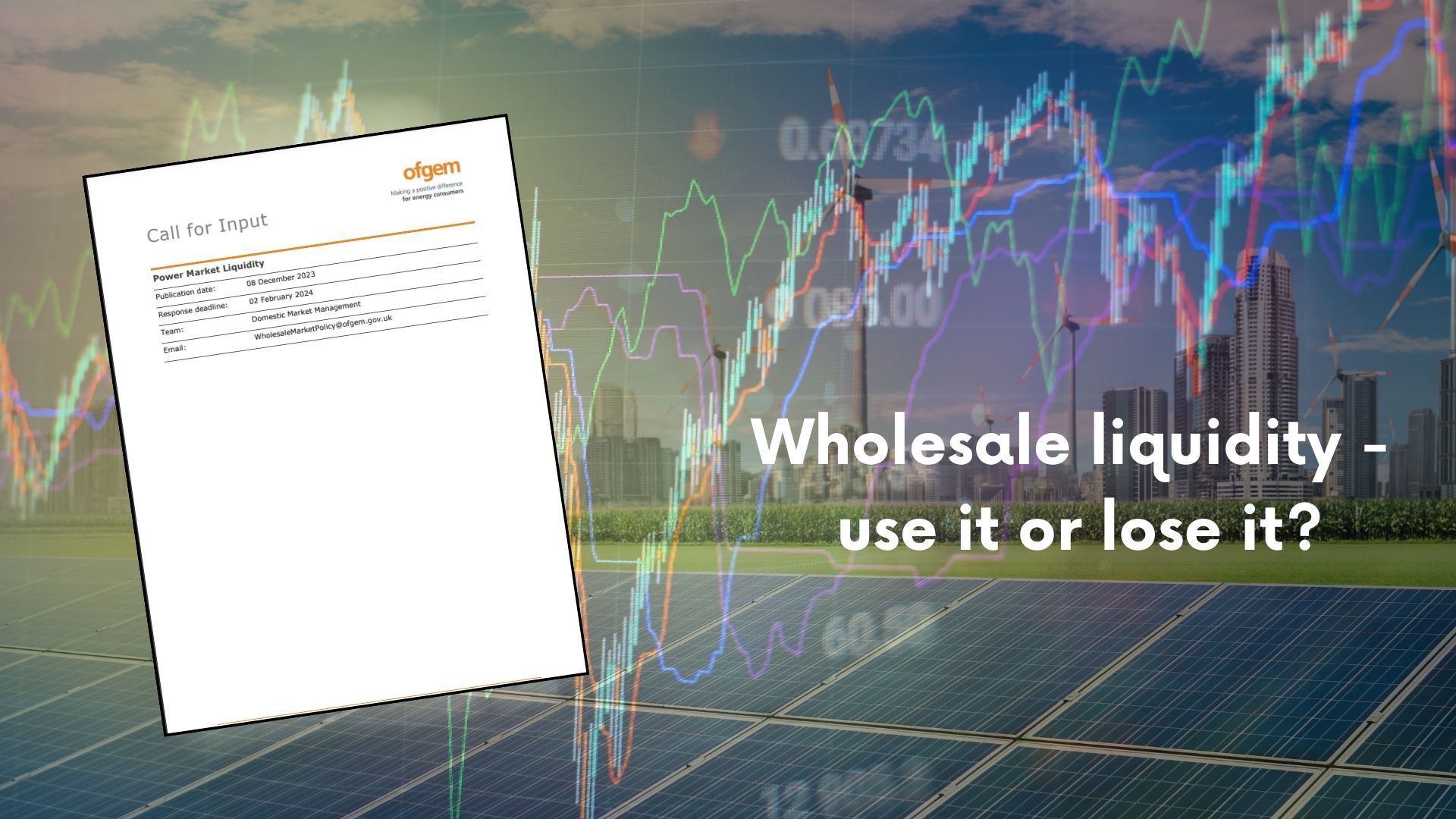Electricity flexibility is increasing in importance - and complexity

Attending one of the sessions at Utility Week Live there was an interesting discussion around the nascent Demand Flexibility Service that National Grid launched during the winter of 2022/3. This first move into domestic focussed flexibility shows the market's need for increasing flexibility into the future.
While the scheme remains small in volumetric terms, it shows the direction of travel of the market, and the steps being taken to incentivise demand side response.
The electricity market undoubtedly needs more flexibility to manage the balance between supply and demand, how this is best delivered is still being developed – creating opportunities for those that choose to engage with it.
The same trilemma dynamics can be applied to flexibility as is applied to the wider electricity market, with the challenge being:
Carbon
Flexibility could be provided by diesel generators, but that would be bad for the environment. Wholesale market driven flexibility is carbon agnostic, so is just price seeking; whereas flexibility schemes tend to notionally favour renewables (although its not prescribed at this point)
Cost
The cost of flexibility will be recovered from those that are not flexible (consumers) although this is rarely mentioned by regulators or politicians. In the mid term cost effectiveness will be important in order to avoid heaping yet more costs to fewer and fewer consumers.
Security
Keeping secure flows of energy is the ultimate objective. Theoretically this is the part of the trilemma that flexibility is designed to protect.
What is flexibility?
In simple terms flexibility is the ability to change what would have otherwise happened in response to an external signal. So a high price signal might either bring more generation to market, release stored electricity or reduce demand; and a low price would deliver the opposite. The method of sending the signal is what is really being developed by dedicated flexibility schemes.
In a changing market landscape, the ability to operate flexibly is ever more valuable. Filling in the gaps around intermittent generation, and changing demand patterns is the name of the game.
So the challenge across the electricity industry is delivering flexibility at the right scale, in the right location at the right price in order to provide security of supply in a changing network environment.
There are going to be a several ways of taking advantage of the new markets – indeed there may be too many markets emerging with too niche participation in the long run.
Scale of Flexibility
Overall GW of flexibility will be needed. Across generation, storage and demand this is going to be a huge new industry.
The development of the generation capacity market was the beginning of formalised payment for flexibility (outside of traditional ancillary service markets). Further dedicated flexibility services have developed at a grid level, and the increase in demand markets is brining more flexibility forward.
Location
Flexibility matters in different locations. Managing local areas the distribution system operators are already using new markets to provide flexibility down to individual postcode / substation levels. On top of national schemes these make for some high value locations where local grids are particularly congested.
Price
The current focus is on getting flexibility, rather than its cost.
Signals provided through the wholesale market have always rewarded reducing demand / increasing generation at the peak time - however these have been transient and not been underwritten by firm option payments.
The current schemes being developed are providing firm payment in exchange for making flexibility available.
The cost is being borne by all non-flexible consumers, and at some point value for money will be important (but not yet)
Navigating flexibility will create winners and losers over time.
Those that engage early are gaining high rewards.
The value available to flexibility from a combination of wholesale, ancillary service and bespoke branded flexibility products is worthy of investigation for many generators and consumers.
If you're looking for help with navigating flexibility get in touch.
Share this on social media
All Rights Reserved | Cielo Energy
REG NO: 11992760 | ICO REG NO: ZA757421










